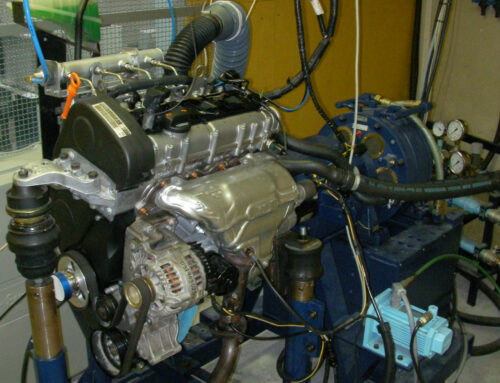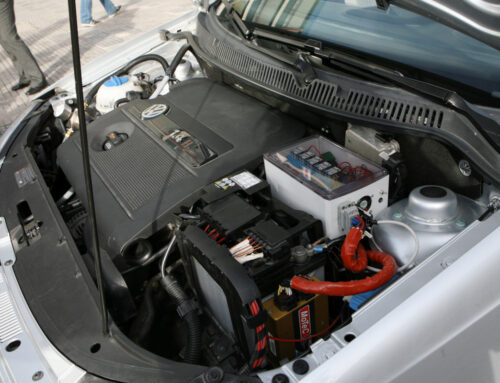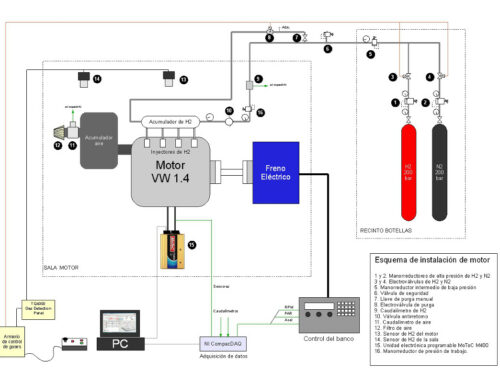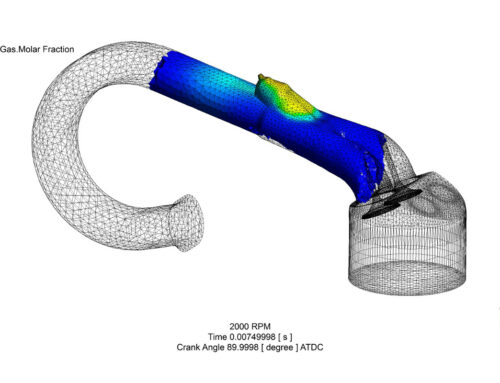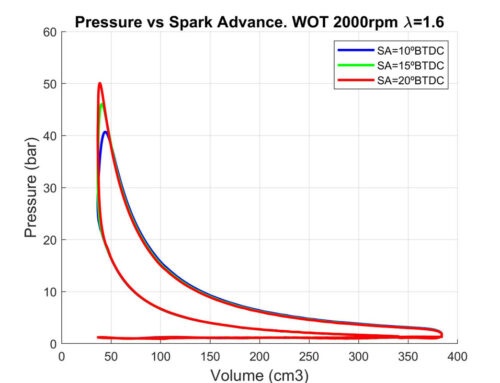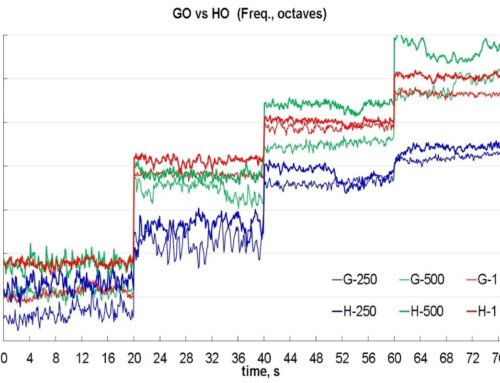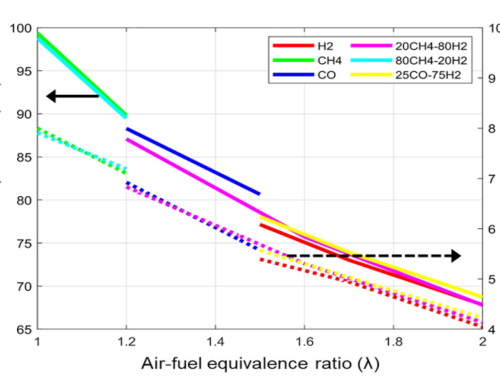International Journal of Hydrogen Energy 36 (2011) 13781-13792
Conversion of a gasoline engine-generator set to a bi-fuel (hydrogen/gasoline) electronic fuel-injected power unit
Abstract
The modifications performed to convert a gasoline carbureted engine-generator set to a bi-fuel (hydrogen/gasoline) electronic fuel-injected power unit are described. Main changes affected the gasoline and gas injectors, the injector seats on the existing inlet manifold, camshaft and crankshaft wheels with their corresponding Hall sensors, throttle position and oil temperature sensors as well as the electronic management unit. When working on gasoline, the engine-generator set was able to provide up to 8 kW of continuous electric power (10 kW peak power), whereas working on hydrogen it provided up to 5 kW of electric power at an engine speed of 3000 rpm. The air-to-fuel equivalence ratio (λ) was adjusted to stoichiometric (λ = 1) for gasoline.
In contrast, when using hydrogen the engine worked ultra-lean (λ = 3) in the absence of connected electric load and richer as the load increased. Comparisons of the fuel consumptions and pollutant emissions running on gasoline and hydrogen were performed at the same engine speed and electric loads between 1 and 5 kW. The specific fuel consumption was much lower with the engine running on hydrogen than on gasoline. At 5 kW of load up to 26% of thermal efficiency was reached with hydrogen whereas only 20% was achieved with the engine running on gasoline. Regarding the NOx emissions, they were low, of the order of 30 ppm for loads below 4 kW for the engine-generator set working on hydrogen. The bi-fuel engine is very reliable and the required modifications can be performed without excessive difficulties thus allowing taking advantage of the well-established existing fabrication processes of internal combustion engines looking to speed up the implementation of the energetic uses of hydrogen.


